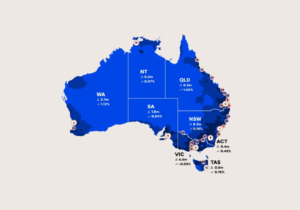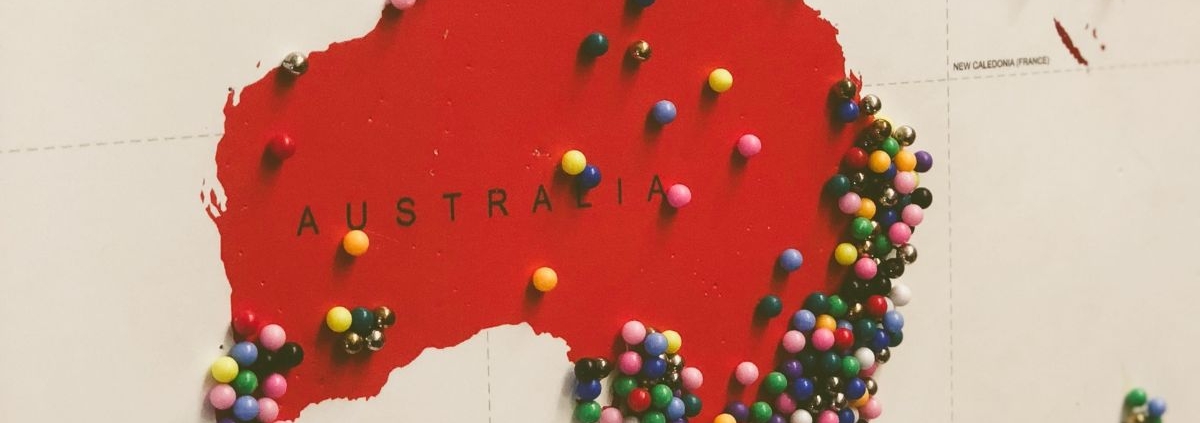Australia’s Migration Patterns: Home Near and Far
By: Mark McCrindle
The concept of home and destination is evolving rapidly.
Australians, known for their adventurous spirit, are redefining their migration preferences. Recent data reveals that the United Kingdom has surged to become the preferred destination for Australians seeking to explore new horizons. Surpassing all other choices, over 140,000 Australians now reside in the United Kingdom. The United States (103,400) and New Zealand (85,300) closely follow as the favoured destinations among Aussie migrants.
These nations offer a unique blend of economic opportunities, cultural attractions, and an appealing lifestyle. The dominant English-speaking culture, coupled with employment opportunities and the ease of transferring skills, and family connections, allure Australians looking to broaden their horizons.
The Migrant Exchange
While these countries remain the top choices for Australians venturing abroad, the data unravels an unexpected twist. The number of migrants from the UK, US, and New Zealand who now call Australia home surpasses the count of Australians who have ventured to these nations.
Among the various cultures contributing to Australia’s multicultural fabric, the United Kingdom takes the lead with the largest number of migrants. With just under one million British nationals (967,000) currently residing in Australia, the United Kingdom holds the distinction of being the primary contributor to Australia’s migrant community.
The Influx from India and China
Following closely is India, with 710,000 individuals now residing in Australia. This figure represents a significant upswing since the last census in 2016, reflecting the nation’s growing cultural diversity. China also plays a prominent role, with over 595,000 Chinese migrants adding to Australia’s vibrant social fabric.
The influx of these international migrants highlights the global nature of Australia’s migratory population, where individuals from diverse backgrounds continue to contribute to the nation’s social and economic landscape. This dynamic interplay of cultures enriches the multicultural character of modern Australia.
As migration patterns continue to evolve, these insights into Australians’ changing destination preferences provide a window into the nation’s global connections and the diverse tapestry of cultures that define Australia today.
This article is based on an analysis of United Nations data found at United Nations Department of Economic and Social Affairs, Population Division (2020). International Migrant Stock 2020. Data from the Australian Bureau of Statistics (2022). Australia’s Population by Country of Birth, 2021 https://www.abs.gov.au/media-centre/media-releases/australias-overseas-born-population-drops-during-pandemic, has also been included in analysis.
Australia’s Population Map
 In our population map we bring to you a visualised overview of Australia’s Population and Generational Profile, to help you understand the demographics of this great country.
In our population map we bring to you a visualised overview of Australia’s Population and Generational Profile, to help you understand the demographics of this great country.
Article supplied with thanks to McCrindle.
About the Author: McCrindle are a team of researchers and communications specialists who discover insights, and tell the story of Australians – what we do, and who we are.











